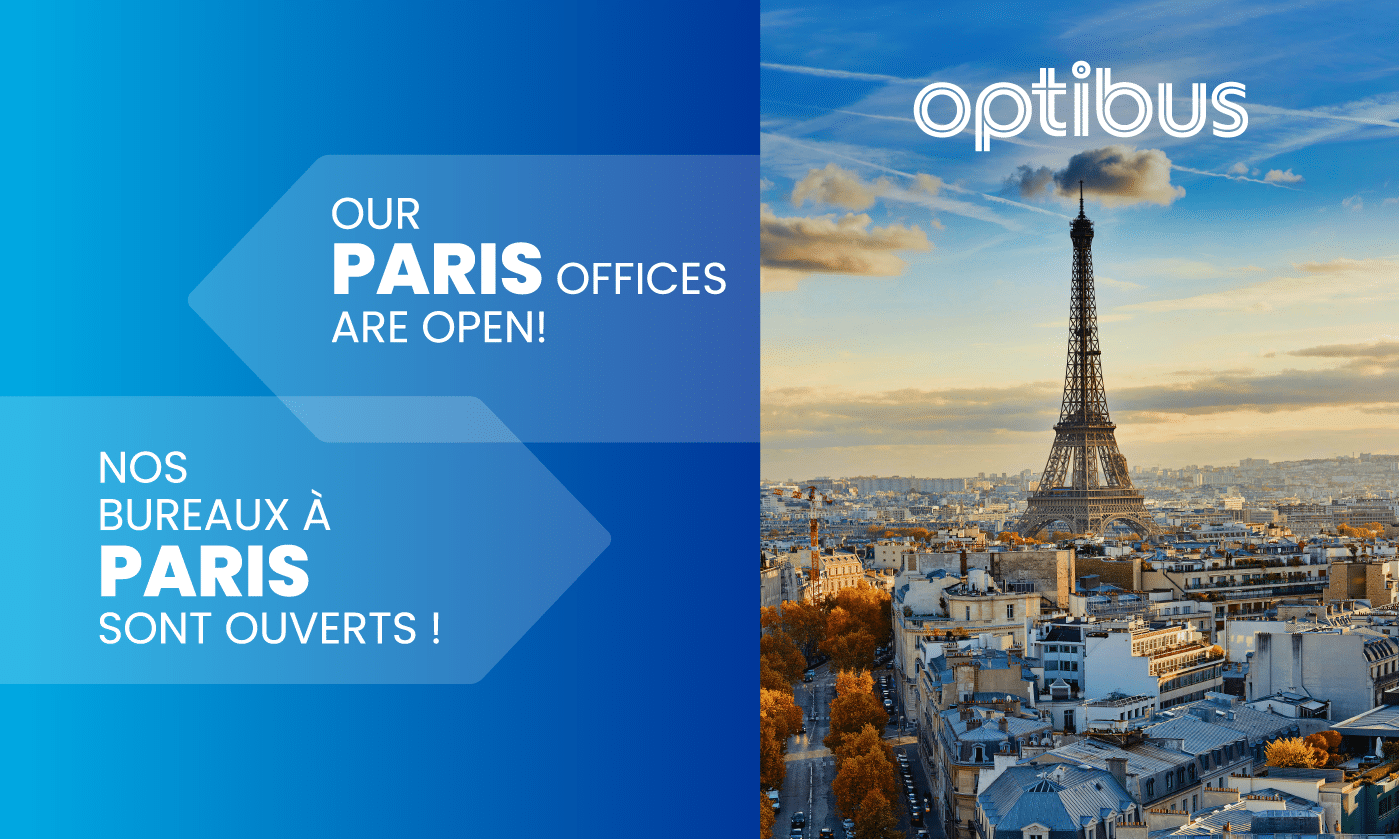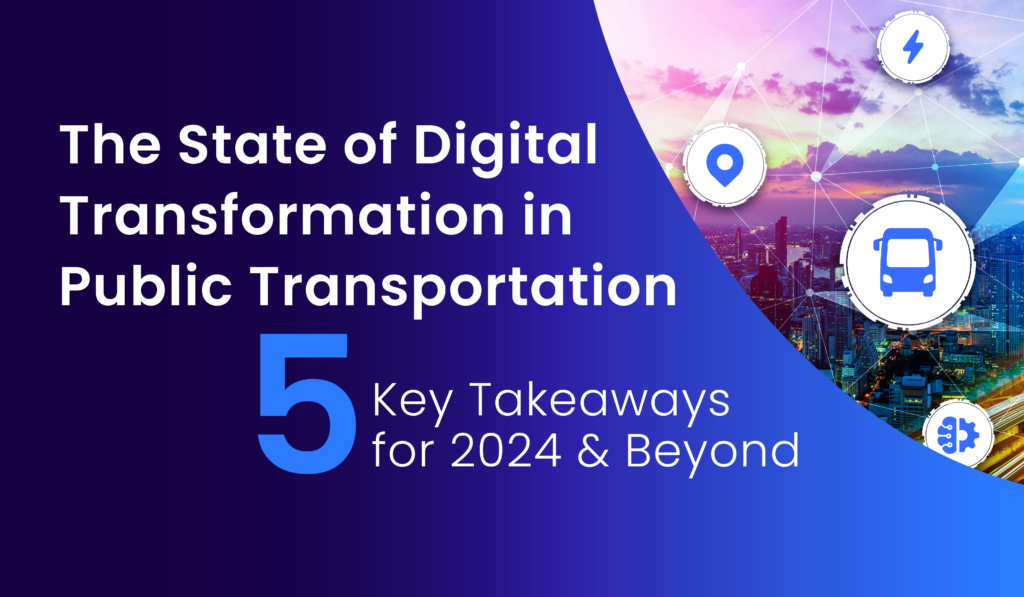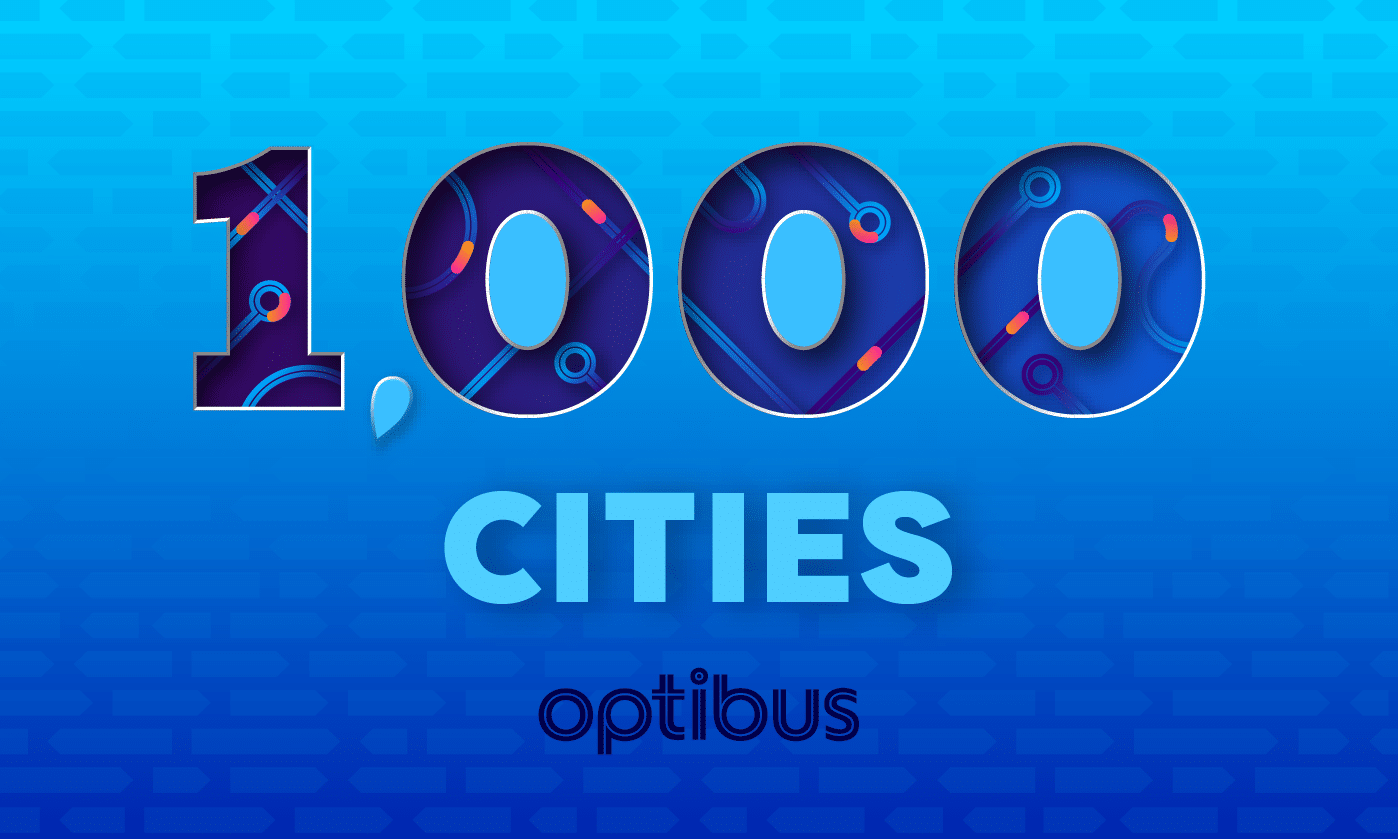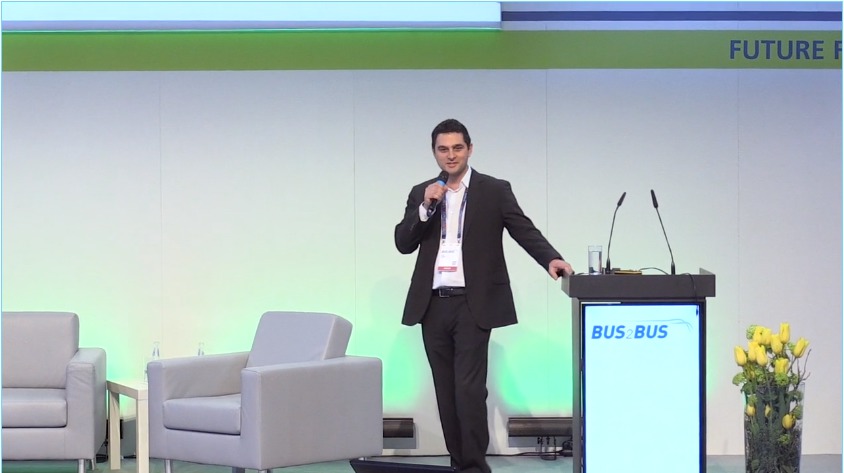
Public transport is central to life. It’s central to cities. It connects people to opportunities.
That said, unfortunately, many of us tend to take public transit and mobility access for granted. We’re quick to forget just how crucial these systems are, how they connect us all together, and how much of an impact they have on our day-to-day lives. At the same time, millions of people worldwide still lack sufficient access to these fundamental services.
The UITP (Union Internationale des Transports Publics), otherwise known as the International Association of Public Transport, is on a mission to change this paradigm. Founded back in 1885, it is “the only worldwide network to bring together all public transport stakeholders and all sustainable transport modes.”
This week, the UITP announced the launch of their Mobility for Life campaign — an initiative aimed at reinforcing global awareness around mobility and public transport, and reminding us all of just how essential mobility is for our cities and society at large.
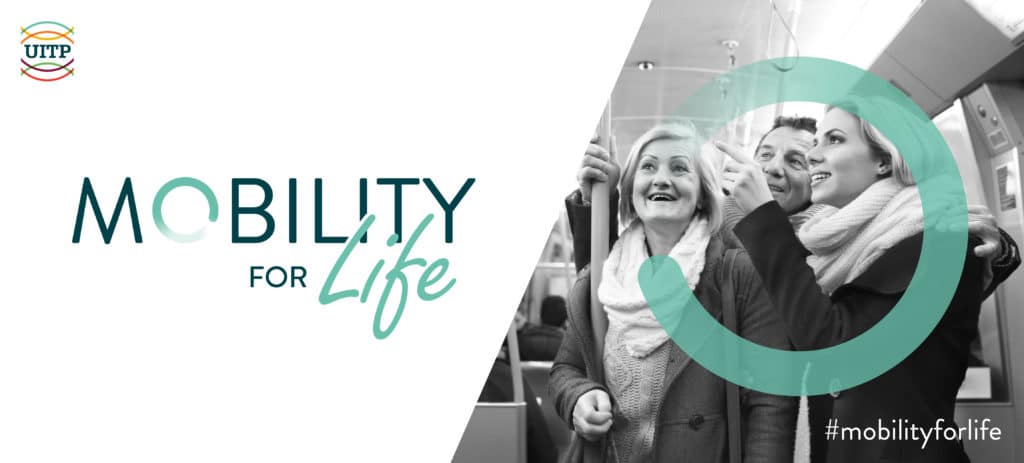
Though it’s been a tough year and a half for public transport (as a result of the pandemic), their campaign states that, “Once we go back to school and to our offices, public transport is, and will be ready for us. Ready to link our society together, ready to innovate as mobility evolves, ready to foster our relationships, and ready to enhance the cities we live in.”
We couldn’t agree more. This powerful initiative has inspired us to reflect on what this concept of Mobility for Life truly means to us here at Optibus, and how it directly relates to our core values, mission, and product — in other words, the bigger picture of why we do what we do every day.
Here’s what Mobility For Life means to Optibus, based on each of the UITP’s 4 pillars.
Mobility Links Life
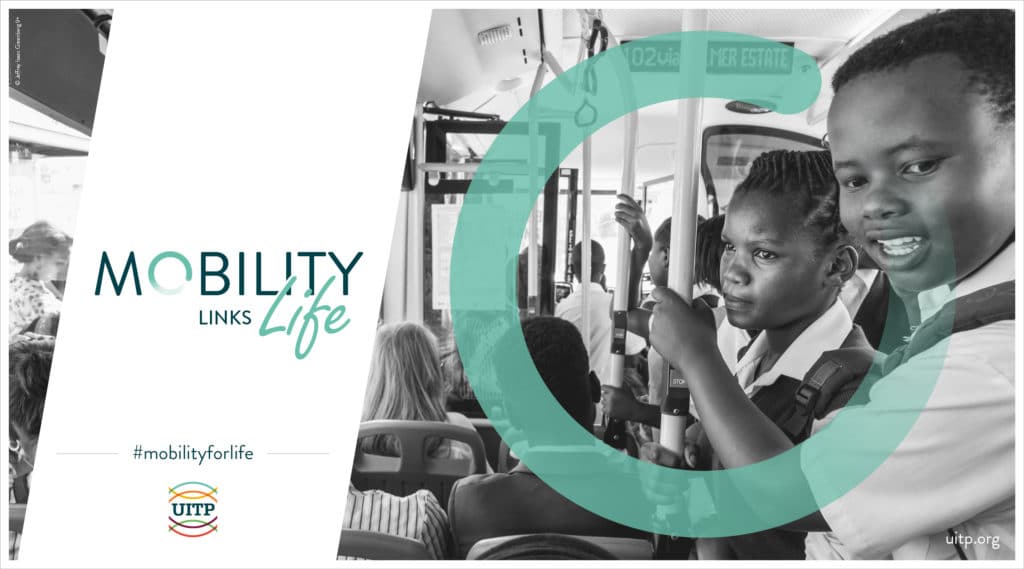
No matter who we are or where we come from, our society is linked together through public transportation. Ample access to transit means greater access to important opportunities within our society — including work, school, university, healthcare, family, friends, and otherwise.
Yet without proper transit equity, many people will miss out on these experiences, and sadly, millions of people around the earth live in “transit deserts” — areas with limited or no access to public transport whatsoever. In fact, even in the United States, one of the world’s most developed countries, approximately 4.5M people live in transit deserts (according to a 2018 study of 52 cities in the U.S.).
Residents of transit deserts are overwhelmingly from minority communities, some of which have been systematically denied services, and/or are low-income workers who cannot afford a personal car and rely on public transit for mobility. Thus, increasing access to public transportation in these neighborhoods is a matter of social justice and racial equity.
In early 2021, we developed our Geospatial Suite with all of this in mind — aiming to significantly improve transportation networks and transit equity through the use of data-driven planning.
The suite promotes transit equity through its Impact Analysis feature. Using demographic data from the US Census Bureau’s American Community Survey, Impact Analysis shows how existing routes and route changes affect access to public transit for select communities.
Impact Analysis helps the US public transportation industry ensure compliance with Title VI of the Civil Rights Act of 1964, which protects people from discrimination based on race, color, and national origin regarding programs and activities that receive federal financial assistance.
Our Geospatial Suite facilitates data-driven decisions that significantly improve the accessibility, reliability, and performance of networks that affect the lives of millions of passengers — and help to ensure increased transit equity for all.
Mobility Innovates Life
 As mobility evolves, new technologies like Mobility as a Service (MaaS) and autonomous mobility allow for more personalised, dynamic public transport experiences across modes and providers. Innovating transport can also improve passengers’ quality of life, with more reliable and frequent services, and routes that adequately match rider demand.
As mobility evolves, new technologies like Mobility as a Service (MaaS) and autonomous mobility allow for more personalised, dynamic public transport experiences across modes and providers. Innovating transport can also improve passengers’ quality of life, with more reliable and frequent services, and routes that adequately match rider demand.
At Optibus, our cutting-edge Planning and Scheduling modules and algorithms help transportation planners optimize riders’ demand for transport. They also have the ability to integrate with bike lanes and other transit networks (i.e. rails, areas of interest), to increase connectivity and allow for a seamless, end-to-end mobility experience.
With our Geospatial Suite (as noted above), cities can make transportation networks more robust and passenger-friendly by visualizing crucial geographic information while planning routes — such as the bike/scooter paths and other mobility networks passengers use to connect to public transit; the shopping districts, schools, health clinics or job centers where passengers want and need to go; and municipal boundaries that ensure comprehensive transit access and coverage across a region.
With enhanced connectivity between different modes of mobility and increased network coverage across destinations, public transportation becomes more appealing and accessible — to meet the ever-evolving needs and preferences of today’s modern commuter.
Mobility Fosters Life
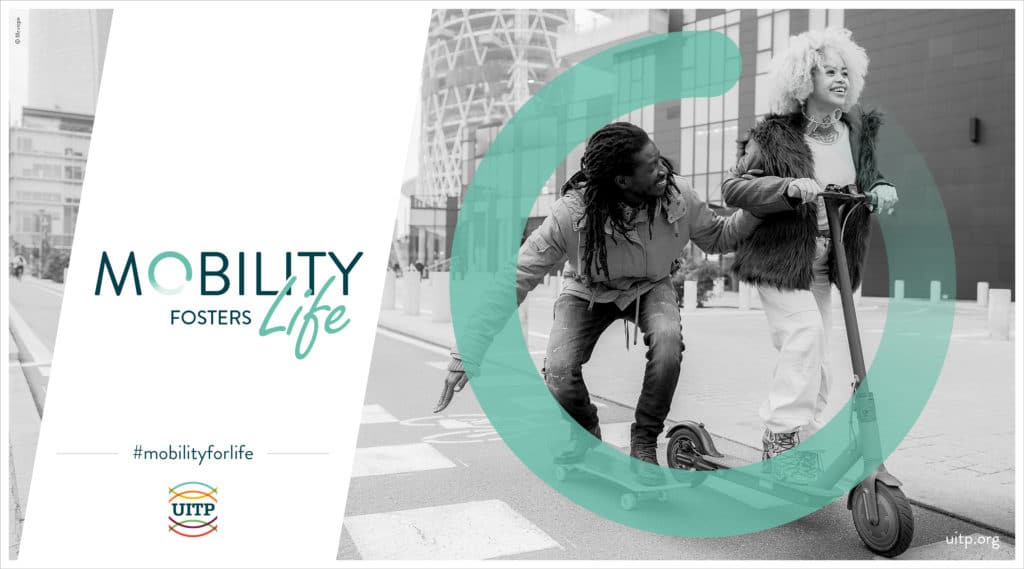 Public transport fosters our way of life, and our experiences within cities. It helps us discover and explore new cities and regions (as well as where we currently reside), while minimally harming our planet. It also gives older adults and those with disabilities equal access to our society.
Public transport fosters our way of life, and our experiences within cities. It helps us discover and explore new cities and regions (as well as where we currently reside), while minimally harming our planet. It also gives older adults and those with disabilities equal access to our society.
As noted above, our Geospatial Suite harnesses demographic data to promote transit equity — allowing planners to address inequalities within our society, to better accommodate and address them. This is also imperative for older adult passengers, those with disabilities, and anyone with mobility challenges, thus incapable of using other modes of transport (i.e. bicycles, scooters, etc.).
Optibus’ optimization algorithms can also quickly analyze complex public transportation operations to reduce unnecessary costs while retaining the same level of service — and those ‘saved’ resources can then be redirected to increase the number of buses, drivers, or transit stops in underserved areas, therefore increasing services.
By reallocating buses and budgets towards underserved communities, and properly accommodating the transport needs and preferences of all ages and abilities, transit providers can increase equity, and ensure that everyone has the ability to travel and explore freely within their communities.
Mobility Enhances Life
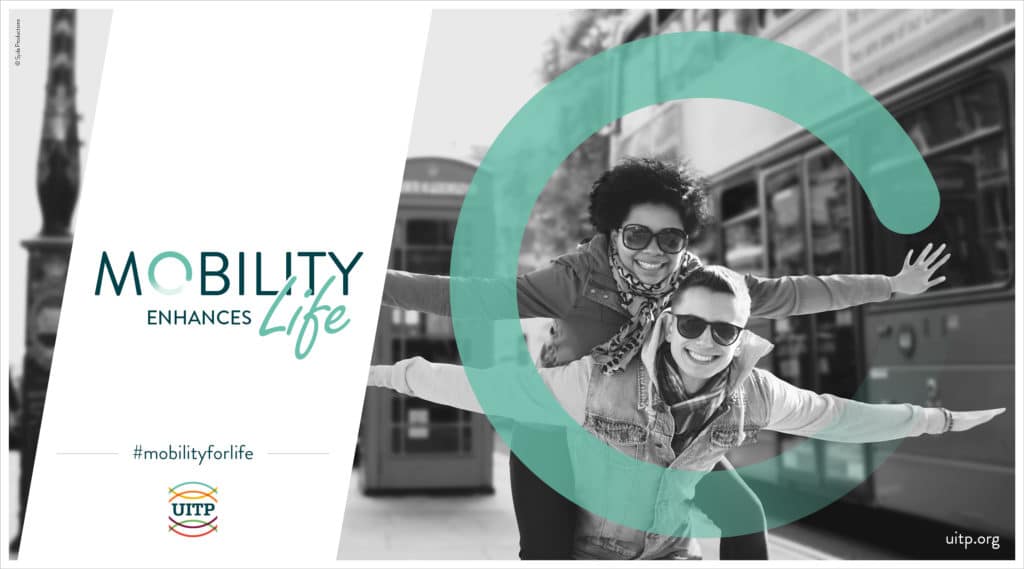 Strong public transportation enhances the quality of life within our cities. Fewer cars on the road means less pollution and congestion — while freeing up space for public spaces, parks, plazas, and healthy living.
Strong public transportation enhances the quality of life within our cities. Fewer cars on the road means less pollution and congestion — while freeing up space for public spaces, parks, plazas, and healthy living.
Helping plan and build more sustainable cities is particularly important for us here at Optibus. According to the European Environmental Agency (EEA), in 2019, the Domestic Transport sector generated the second largest share of greenhouse gas emissions in the EU-27 (~23%).
Optibus reduces those emissions in several ways: by making public transit more appealing due to improved service quality and reliability, by optimizing transit networks, and by facilitating the transition to electric vehicles (EVs).
Our platform makes transit services more efficient (for instance, by reducing non-service trips, such as when a bus runs with zero passengers in order to return to the bus depot or to start service on another route), resulting in fewer buses on the road, for less time.
This saves an estimated 1,860 miles per vehicle per year – or roughly 59 million miles, at an average of 0.64 pounds of CO2 emissions per passenger mile (as per standards published by APTA).
Over the last few years, the number of zero-emissions or battery-powered buses around the world has increased significantly, and those numbers are expected to continue to climb. Yet while some are ramping up plans for EVs — like our client Stagecoach’s ambitious goal to achieve a zero emissions UK bus fleet by 2035 — others have been more reluctant and slow to warm up to them.
By providing an EV scheduling product, Optibus is accelerating electric bus adoption, which further reduces CO2 emissions from public transit.
What’s more, by enabling public transit to become more frequent, reliable, and appealing to passengers — and facilitating the electrification of bus fleets — Optibus helps cities and towns around the world reduce reliance on private vehicles and become more sustainable, resulting in the reduction of an estimated 100,000 tons of CO2 emissions annually.
All of this will ultimately help free up more much-needed space (for parks, walking and cycling paths, and otherwise) within our tightly-packed cities.
Optibus: Improving Mobility (and Life) Within Our Cities
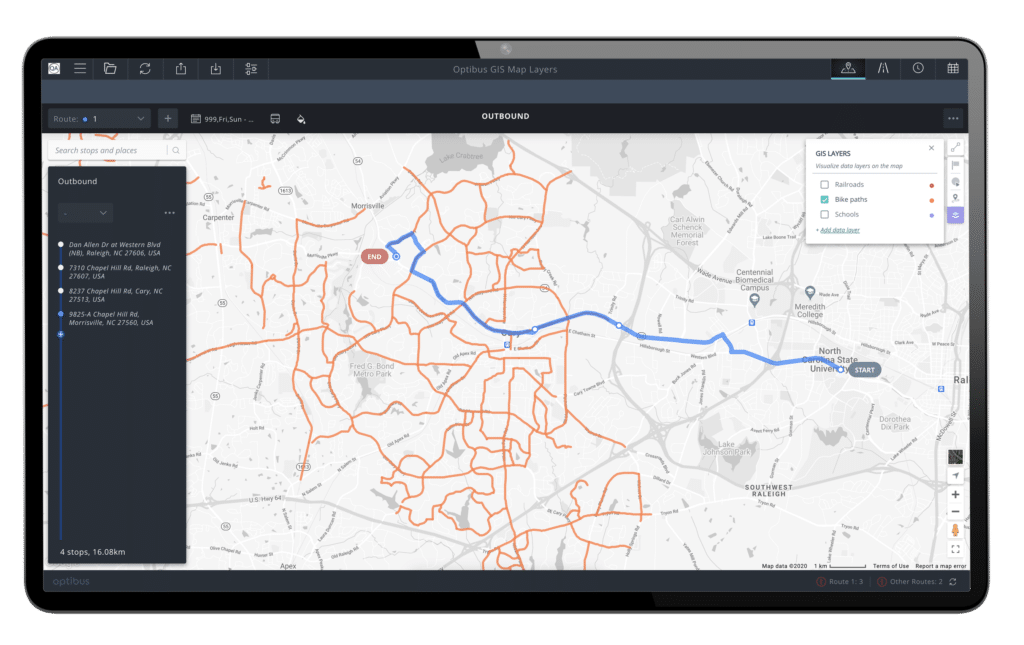
Public transport is truly the backbone of any healthy city. Yet as it stands currently, many cities still lack access to reliable mobility services — and there’s a great deal of work to be done.
As the UITP mentions in this campaign, “we need to keep investing, developing and innovating. If we continue to nurture public transport, it will draw people into cities and create better, more inclusive and accessible cities. Only with our joint commitment can public transport and its workers continue to bring cities to life.”
We’re incredibly inspired by the UITP’s continuous efforts to raise awareness around the importance of mobility worldwide. We sincerely hope that with more initiatives like these in place, more and more cities will place an increased emphasis on building out and maintaining robust mobility ecosystems.
Optibus is proud to help power and optimize transportation networks and mobility services for over 500 cities (and counting) across the globe — and we look forward to expanding our impact on this vital component of our society throughout the years to come.
Don’t just take our word for it. Here’s what customers around the world are saying about us:
- “Optibus was the most agile and adaptable solution for meeting West Coast Motors’ needs. We were very impressed with the functionality and dynamism of the system.” — Colin Craig, Managing Director, West Coast Motors (Scotland)
- “The idea that I can create a solution, say ‘well, what if we tweak these preferences’ [and can] go back and redo it in five minutes – that’s powerful.” — CJ Bright, Director of Evolving Mobility, Keolis (USA)
- “Optibus gave us quite good financial and operational results compared to the previous system we had used, reflecting significant savings for the company.” — Stuart Thomas, Operations Director, Tower Transit (Singapore)
- “One of the main things Optibus helps with is that the workflow is much, much faster than what we had before, from planning and scheduling to rosters.” — Rafael Shinji Fernandes Arake, Head of Scheduling and Planning and Project Manager of Systems Implementations, Urbi (Brazil)
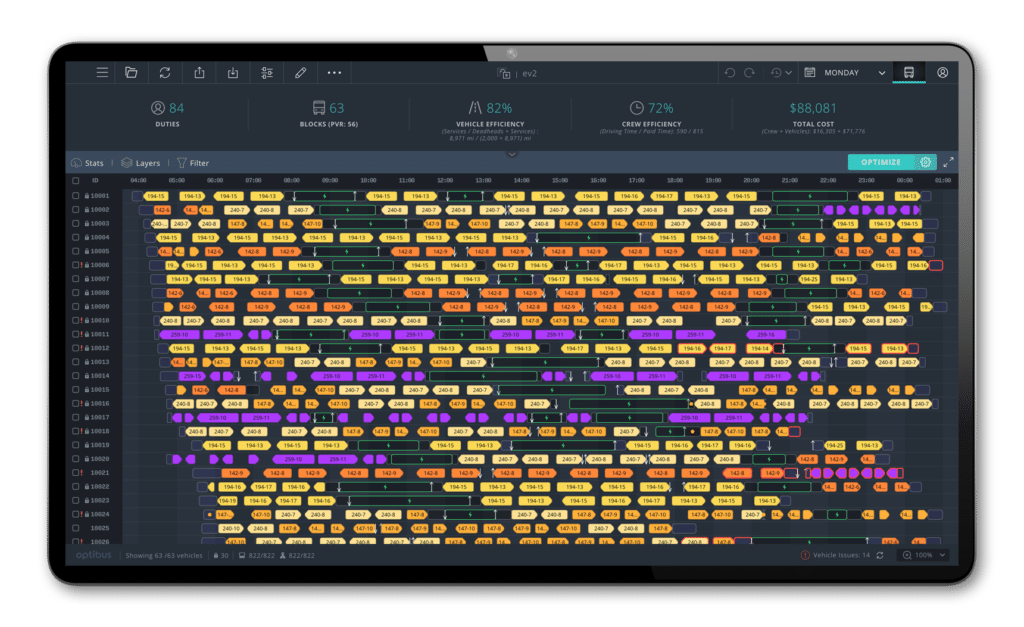
Interested in what Optibus can do for you? We welcome you to learn more about our platform, including our planning, scheduling, and rostering modules. Better yet, you can request a demo with our team for an in-depth walkthrough and answers to any questions you might have.
Here’s to a bright future ahead for mobility and public transportation — with flourishing cities, increased ridership, lower emissions, and transit equity for all.
Read more:
➤ Webinar: Planning Your Transit Network
➤ Blog: Avenir Atlantique Bids for Urban and Interurban Contracts with Optibus
➤ Case Study: How Abellio UK Uses Optibus as a Sustainable Digitalisation Tool


